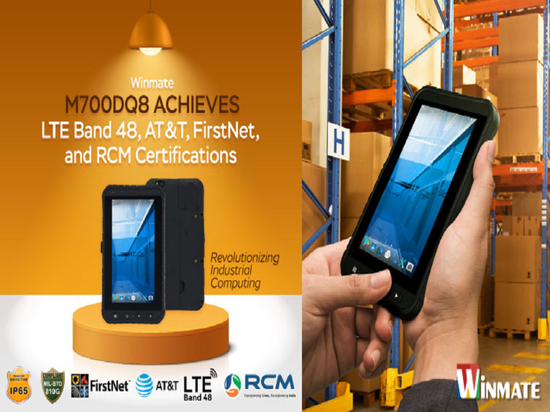
#Product Trends
What are Explosion Proof and Intrinsically Safe Durable Tablets
While significant investments are already being made in intelligent automation, asset management, analytics, etc., there is still potential to improve the experience for site workers by providing them with cutting-edge technology.
Such as durable tablets in areas where, perhaps due to concerns about the risk of explosions, paper and pen are still used in processes that appear outdated.
Sometimes all it takes is a single flash of electricity from the unprotected durable tablets to ignite and create a slew of disasters. However, by understanding the tools and technologies available to defend ourselves, we can adequately equip our employees with the protection required to lessen the likelihood of a catastrophe occurring in hazardous circumstances. However, when determining what type of safety equipment is needed, we are frequently asked about the distinction between Explosion-Proof (Ex) and Intrinsically Safe (IS).
What is explosion proof?
In hazardous situations, an explosion proof label indicates that it will confine any detonation that originates within the housing of the durable tablet and will prevent sparks internally from igniting gases, vapors, fibers, or dust in the air surrounding it.
Explosion proof classified durable tablets housing is designed and built to suppress a flash or discharge. Suppose combustible substances enter the internal circuitry, the explosion proof enclosure of cast aluminum or stainless steel with enough bulk and strength to suppress ignition. Furthermore, the design prevents surface temperatures from rising to levels that would ignite the gases or vapors covered by its group classification.
What are explosion proof standards?
Personal or durable tablets used in hazardous situations must be certified and meet local and global safety standards. These standards establish parameters for classifying potentially explosive environments as well as the equipment that can be employed in them. Hazardous places are categorized based on the likelihood of a volatile environment forming. The more frequently a flammable substance is discharged and the longer it is present in the atmosphere, the greater the danger.
Various classification systems and standards for hazardous areas identify the electrical equipment classification employed in each dangerous region. The application of one over another varies by country. ATEX (European Union), IECEx (International), and NEC (North America) are the most widely used explosion proof standards.
What is intrinsically safe?
Directives like ATEX, IECEx, and others certify and assess intrinsically safe equipment used in hazardous settings. Intrinsically safe is a protection strategy that uses intrinsic barriers to minimize energy transmission across circuits, proven and certified to prevent the device from producing a spark capable of igniting hazardous situations.
Through its design, intrinsically safe protection seeks to limit the possibility of the worst conceivable outcome. With intrinsic barriers design, durable tablets operate at a lower energy level than explosion proof protected electronics. Because intrinsically safe equipment reduces the thermal and electrical energy emitted, it prevents explosions from occurring in the first place.
So, is an intrinsically safe device explosion proof and vice versa?
Both words, explosion proof and intrinsically safe, are sometimes used interchangeably due to one key similarity – both protect the workforce from casualties. The difference is that explosion proof durable tablets concentrate on constructions that are both resistant to explosions and prevent a blast from spreading outside of themselves. In contrast, intrinsically safe designs prevent combustions from ever occurring by restricting the energy capacities of durable tablets.
Furthermore, intrinsically safe equipment costs less to install and operate than explosion-proof equipment. Durable tablets that use the intrinsically safe method are also lower in weight and offer greater user flexibility.
So, which one is better?
Something that is explosion proof may not be intrinsically safe, and vice versa. The distinction between the two is why it is crucial to find the right balance of protective equipment, especially when the safety of your business and the lives of your colleagues are at stake. Our recommendation is to consult with your hazardous area engineers to determine which durable tablets are most suited to your worksite.







